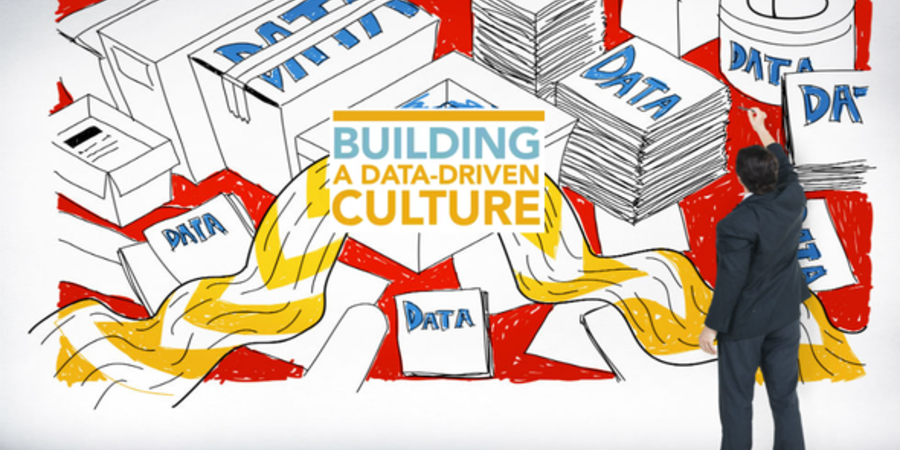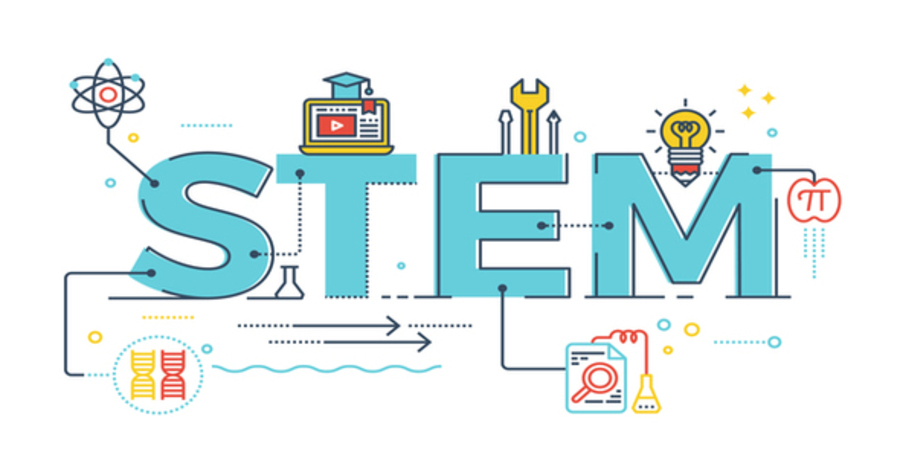Existing data architectures are at the breaking point with a large amount of data, velocity of data ingestion, and variety of data they need to process and store. Industry analysts are predicting that up to 80% of the new data will be semi-structured and unstructured. Modern Data Architecture addresses the business demands for speed and agility by enabling organizations to quickly find and unify their data across hybrid data storage technologies. The Modern Data Architecture stores data as is; it does not require pre-modeling. It handles the volume, velocity, and variety of big data.













